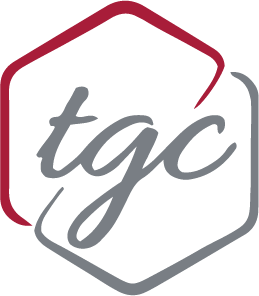Tag: Fema
-
#SafteyFirst
“Chico PD has alerted campus to be on the lookout for a male who may be approaching campus with a gun. Please call 911 if you see this person we will send further information as available. Thank you.” Thousands of Chico State students received that exact message on Sept. 7, 2016. These types of emergency…
